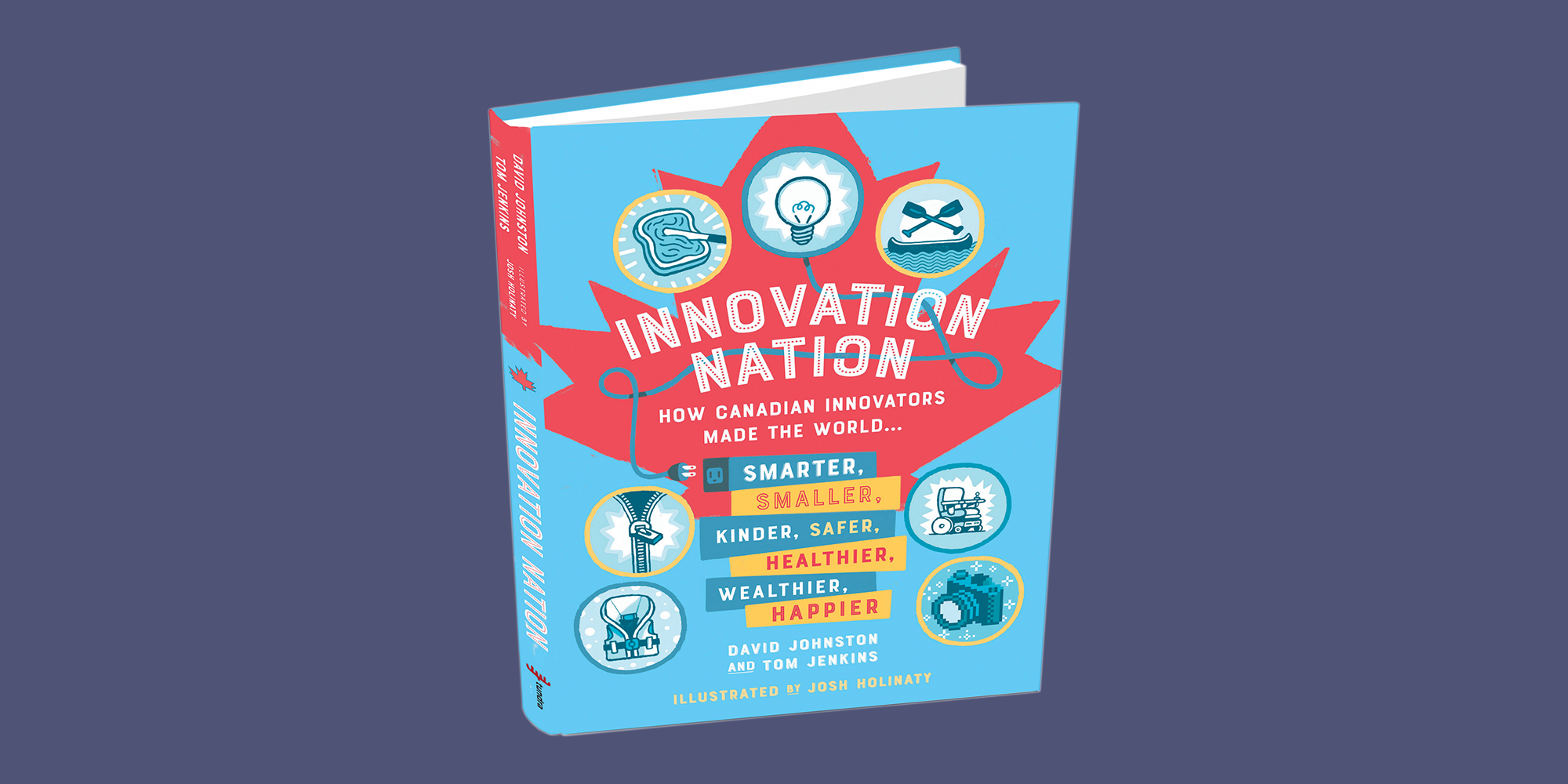Three several years following he was paralyzed from the upper body down, Ian Burkhart confronted a dilemma. He gained a cell phone simply call from the Ohio Point out College asking him, as a single of the handful of individuals with a spinal wire personal injury living near Columbus, Ohio, to join a mind-laptop or computer interface (BCI) study.
The challenge was, no 1 could answer his most pressing queries.
Surgeons reassured him of the procedure’s basic safety. Researchers talked him by way of the experiments employing his brain to immediate electrical pulses into the practical but disconnected muscles in his arm to go them again.
ad
But what Burkhart desired was a peer mentor. How would he shower or rest with the port sticking out from his skull? What would it be like trekking to and from the laboratory numerous times a week for the next several months, or years? And would he truly feel the system in his mind?
In the long run, he took the threat to join the scientific trial in 2014, starting to be someplace amongst the 12th and 15th human being in the world with a BCI.
ad
Now, Burkhart is making a group for the BCI local community led by its pioneering people to examine the forms of issues he had seven many years ago — and to provide additional broadly as a forum to speak with other people in the BCI neighborhood. The BCI Pioneers Coalition will heart on the exceptional expertise of Burkhart and his peers, whose numbers have nearly doubled since Burkhart obtained his BCI.
“Now it is up to the mid-30s, and it is nevertheless a really distinctive encounter,” Burkhart claimed. “Being capable to share that is only going to help individuals master.”
The BCI subject is achieving an inflection level as the investigation-only technological know-how is remaining advanced by commercial pursuits. With the anticipated inflow of clients — and revenue — Burkhart intends to direct the conversations into hard, but required, territory in quarterly webinars, beginning in September.
Who owns knowledge extracted from someone’s brain? What is autonomy when some version of your thoughts are read through into a circuit board? Is the goal restoration of motion, augmentation, or it’s possible improvement? In what ways are individuals permitted to use their BCI?
“A ton of these issues aren’t black and white,” Burkhart mentioned. “They live in the gray space and they’re so nuanced that you have to have a bunch of diverse perspectives in purchase to actually get anywhere that is substantial.”
The BCI Pioneers Coalition is not a common affected person help team — Burkhart is previously the vice president of the North American Spinal Twine Injury Consortium and president of a basis that monetarily supports people. Relatively, it is a grassroots energy by BCI buyers to center the discussion on individual encounters, led by the individuals.
That does not mean many others are not welcome. The coalition will invite neural technologists, BCI corporation CEOs, clinicians, ethicists, the BCI-curious general public, and investors to a virtual gathering house with chat and movie channels. There will be team-distinct channels to hash out queries applicable to the group, and a most important collecting room for all to voice and hear to views.
Jan Scheuermann, a BCI user and a founding member of the team, stated aspect of the target is to get unique kinds of folks touched by the know-how in one particular location.
By bringing with each other the engineers and scientists with “the people who have been on the other aspect, the lab rats,” as Scheuermann phone calls herself, “hopefully all these men and women brainstorming jointly may possibly come up with some new thoughts or perspectives.”
Burkhart said he hoped the collecting of BCI sufferers with the persons on the other stop of the laptop will attract younger minds to the analysis labs and business organizations acquiring BCIs, and encourage the initial scientists to preserve at it after many years of trials and errors.
“They’re not just doing work on a chip of silicon, they are functioning on a thing that can definitely effects someone’s lifestyle,” Burkhart reported. “I experienced men and women arrive up and say, ‘I’ve been performing on this variety of investigation for several years and I’ve in no way met a human who truly made use of a person.’”
There are about 5.4 million folks in the U.S. living with some sort of paralysis, generating BCIs a distant reality for all but a decide on handful of. For many years, Burkhart sent devastating truth checks to paralyzed clients who noticed online video clips of him actively playing Guitar Hero. “I experienced to inform them … ‘Just hold out, it is only a couple of decades absent.’ That is really complicated mainly because that’s what our community has been told for decades.”
Now, with BCI businesses hoping to expand the market for the technologies, a new wave of consumers is envisioned to truly feel the complicated bundle of emotions — worry, uncertainty, joy, pleasure, relief and unhappiness — experienced by the field’s pioneers. The hope is that Burkhart’s coalition can be there to assistance them alongside the approach.
“There’s no substitute for that,” Burkhart stated, reflecting on the peer mentor he never experienced.
Burkhart and Scheuermann founded the team with two other BCI buyers each has made a little bit of idiosyncratic health-related background. Scheuermann produced information when she fed herself a chocolate bar using her BCI, which she named Hector. Burkhart was the initially to use his brain to reanimate his personal paralyzed arm applying muscular electrical stimulation.
Recent BCI end users Nathan Copeland and Nancy Smith are even now earning firsts. Copeland was the 1st to come to feel feeling in his hand by way of electrical stimulation sent immediately to his brain. He was also the to start with to fistbump a U.S. president. Smith was the first to enjoy a virtual piano, employing her subconscious, no significantly less.
The encounters of the coalition founders mirror the diversity of any individual team. When Burkhart experienced dozens of thoughts just before his surgery, Copeland experienced none. “There are issues now I really don’t imagine I could have even imagined to ask at the time,” he stated.
Although Copeland dabbles in the exceptional positive aspects of BCIs, like working with a get-dwelling BCI technique to generate digital art, he reported he would like to keep the industry’s aim on what probable BCI end users could possibly want, which could possibly not necessarily be the flashiest tech.
Burkhart agrees. “These are products that are heading within humans,” he said. “We can make confident that these gadgets are going in the ideal course, where they are likely to be a thing that can get to industry and be effective so a lot more and far more people today can have obtain and profit from them.”
The Foods and Drug Administration does not have to have firms coming up with clinical trials to integrate affected individual information. As an alternative, Fda pointers “highlight the advantages of partaking with individual advisors early in the health care product progress procedure.”
If a team of BCI contributors by now exists, firms could be inclined to incorporate their perspectives and values into a scientific trial, reported Kate Gelman of Precision Neuroscience and formerly of Neuralink, two new BCI providers.
Burkhart, she claimed, “would give a voice to these sufferers on an even actively playing discipline as the people today with all the cash, who are likely to get an outsized voice.”
Now that Burkhart’s brain is metallic-no cost — his BCI was explanted from his brain in August final year, the moment the remaining scientific demo he participated in was entire — he views the new coalition as a way to continue to be plugged into the distinctive planet of BCIs that has been his property for years. “I’ve found the promise and the likely of these forms of devices,” Burkhart said.
He and his fellow BCI pioneers are the experts now, and they are below to be listened to.
Correction: An previously edition of this story misstated the range of people in the U.S. dwelling with some sort of paralysis.






